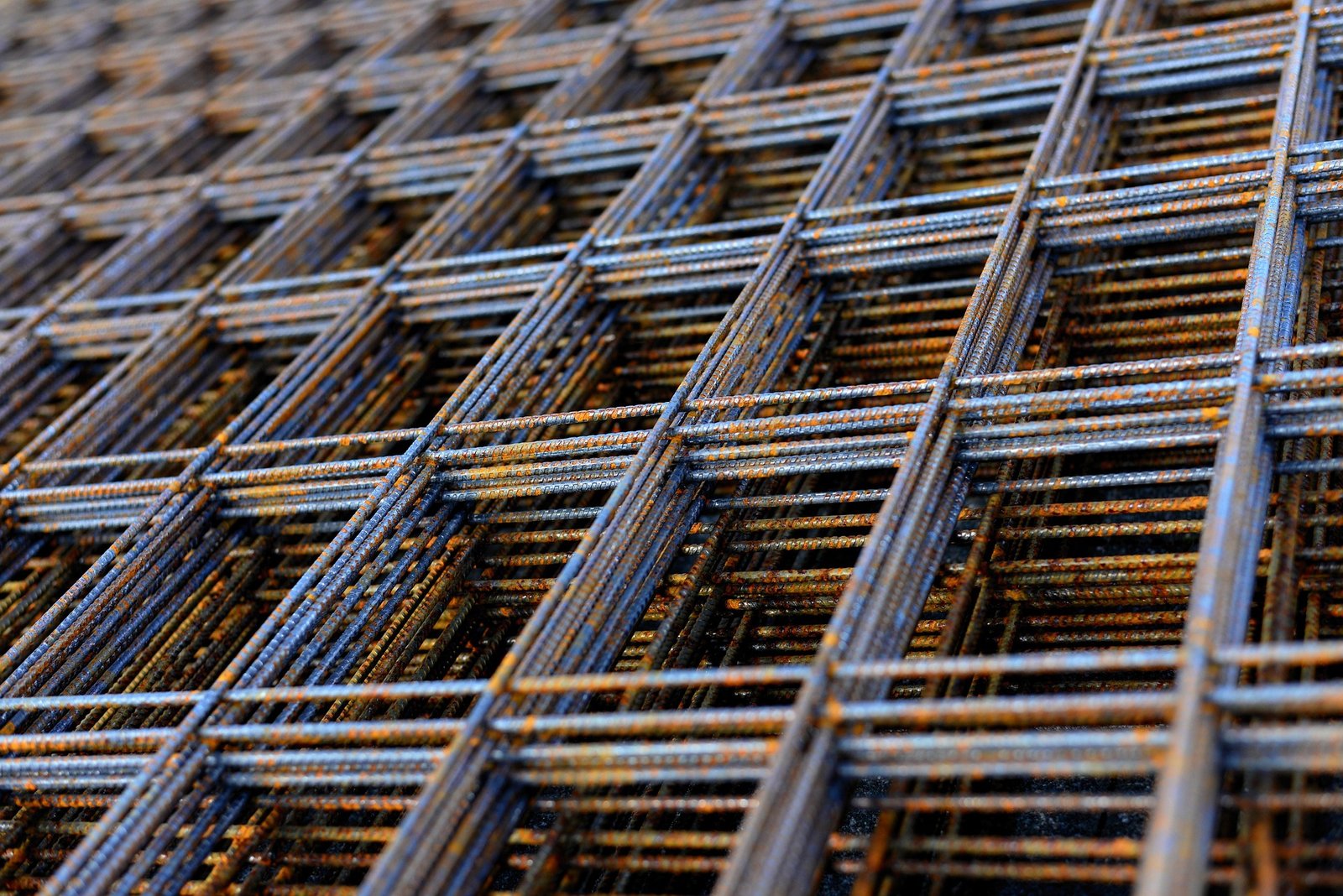From PAST to FUTURE: The Journey of Architectural Material CREATION

Let the write-up begin with a powerful quote from one of the greatest architects of all time, Frank Lloyd Wright:
“The mother art is architecture. Without an architecture of our own, we have no soul of our own civilization.”
At first, this may sound solemn, but Wright’s words emphasize how architecture, as a fundamental need, has shaped human civilization—from the early days of cave dwellers to becoming one of the most defining aspects of modern society. Architecture is not just about shelter; it has evolved into a symbol of prosperity, culture, and innovation for every nation on Earth.
From Necessity to Innovation
The period from 10,000 to 2000 BC—often referred to as the Neolithic Architectural Revolution—marks a significant transition in human history. Also known as the First Agricultural Revolution, this era saw homo sapiens shift from a nomadic lifestyle of hunting and gathering to agriculture and settlement. This transformation created the need for permanent shelter, leading to the birth of architecture as we know it.
Since then, architecture has continuously evolved—from a mere necessity for survival to an expression of status, luxury, and technological advancement. One of the most crucial aspects of this evolution has been the choice of building materials. From stone blocks and mud bricks to reinforced concrete and high-tech composites, materials have shaped not only the functionality but also the aesthetics of built environments.
The Role of Climate and Context
The selection of materials has always been influenced by regional climate and environmental conditions. Architects design with climate in mind, ensuring buildings are structurally sound, sustainable, and comfortable for occupants. For instance, in hot and arid regions, rammed earth walls and mud bricks are widely used to maintain a cooler indoor temperature, reducing the need for artificial cooling. Such locally available materials create a profound impact on energy efficiency and sustainability.
Contextuality also plays a critical role in architectural design. The availability of materials, cultural influences, and even political and economic factors contribute to the choices made in construction. A structure built in a flood-prone region, for example, requires different material considerations compared to one designed for a high-wind forested area.
Beyond physical aspects, intangible factors like cultural traditions, economic constraints, and technological advancements also shape material innovation. A building is not just a structure; it is a response to its surroundings, history, and purpose.
Architecture as an Expression of Materials
Materials themselves can sometimes become the defining feature of a building. A remarkable example of this is the Centre Georges Pompidou in Paris, built in 1977. Designed by architects Renzo Piano and Richard Rogers, this revolutionary structure turned the conventional approach to architecture inside out—literally.
Instead of hiding mechanical and structural systems, the building boldly exposes them. Pipes, ducts, and stairwells are color-coded and placed on the exterior, leaving the interior spacious and uninterrupted. Ventilation pipes are blue, plumbing and fire control pipes green, stair and elevator structures silver-gray, and electrical elements yellow and orange. This approach transformed the Pompidou Center into an architectural icon, demonstrating how materials and structural elements themselves can be celebrated rather than concealed.
The Industrial Revolution and the Rise of Modern Materials
The Industrial Revolution of the 18th century marked a turning point in the evolution of building materials. The rapid expansion of cities, factories, and infrastructure created a demand for faster and more efficient construction methods. This led to groundbreaking innovations in steel, glass, and reinforced concrete, which continue to shape modern architecture.
From towering skyscrapers to lightweight prefabricated structures, industrial advancements have expanded the possibilities of architectural design. Architects and engineers now have access to an ever-growing palette of materials, allowing for greater experimentation and creativity.
Conclusion: The Future of Architectural Materials
Throughout history, necessity has driven innovation, and architectural materials are no exception. From the Neolithic era to today’s cutting-edge smart materials, the evolution of construction techniques reflects humanity’s adaptability and ingenuity.
As we move toward a future shaped by climate change and resource scarcity, architects must continue to redefine materials—prioritizing sustainability, efficiency, and resilience. Whether through recycled materials, bio-based innovations, or AI-driven material design, the next chapter of architecture will be shaped by the same forces that have guided it for millennia: necessity, context, and creativity.
